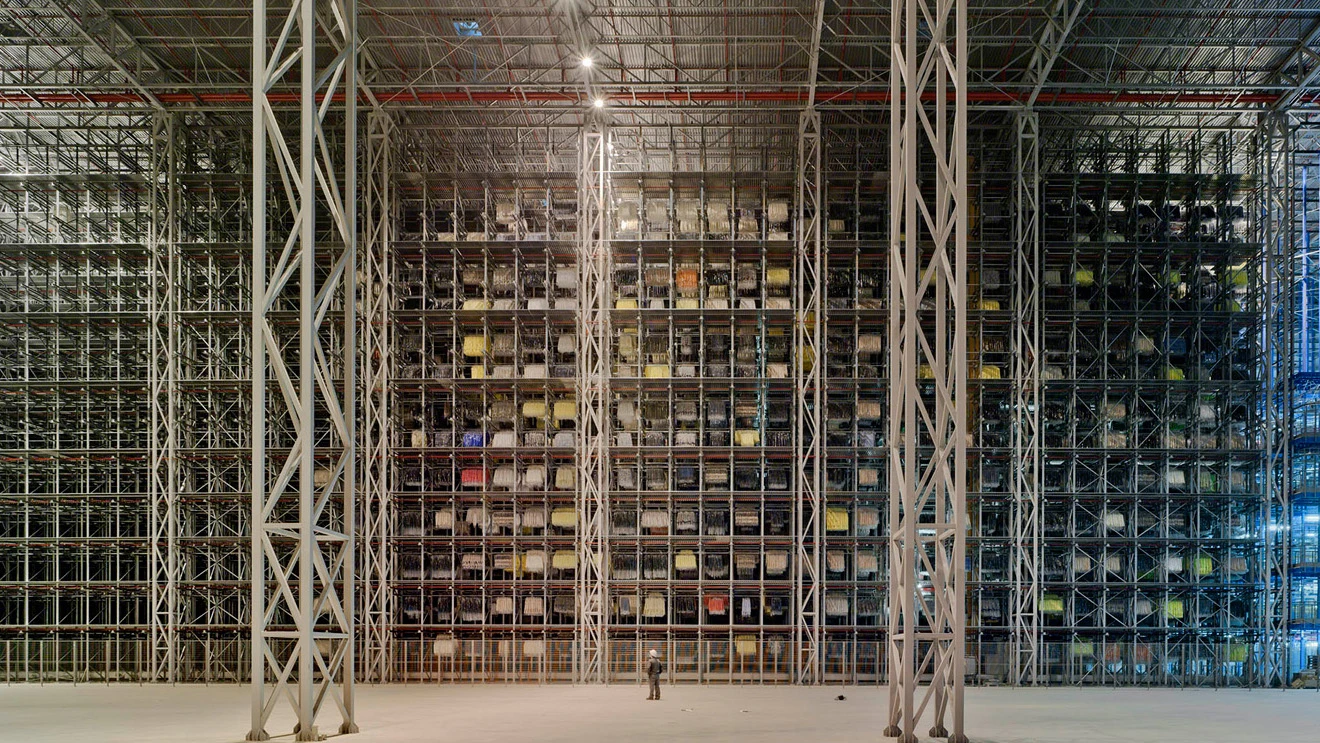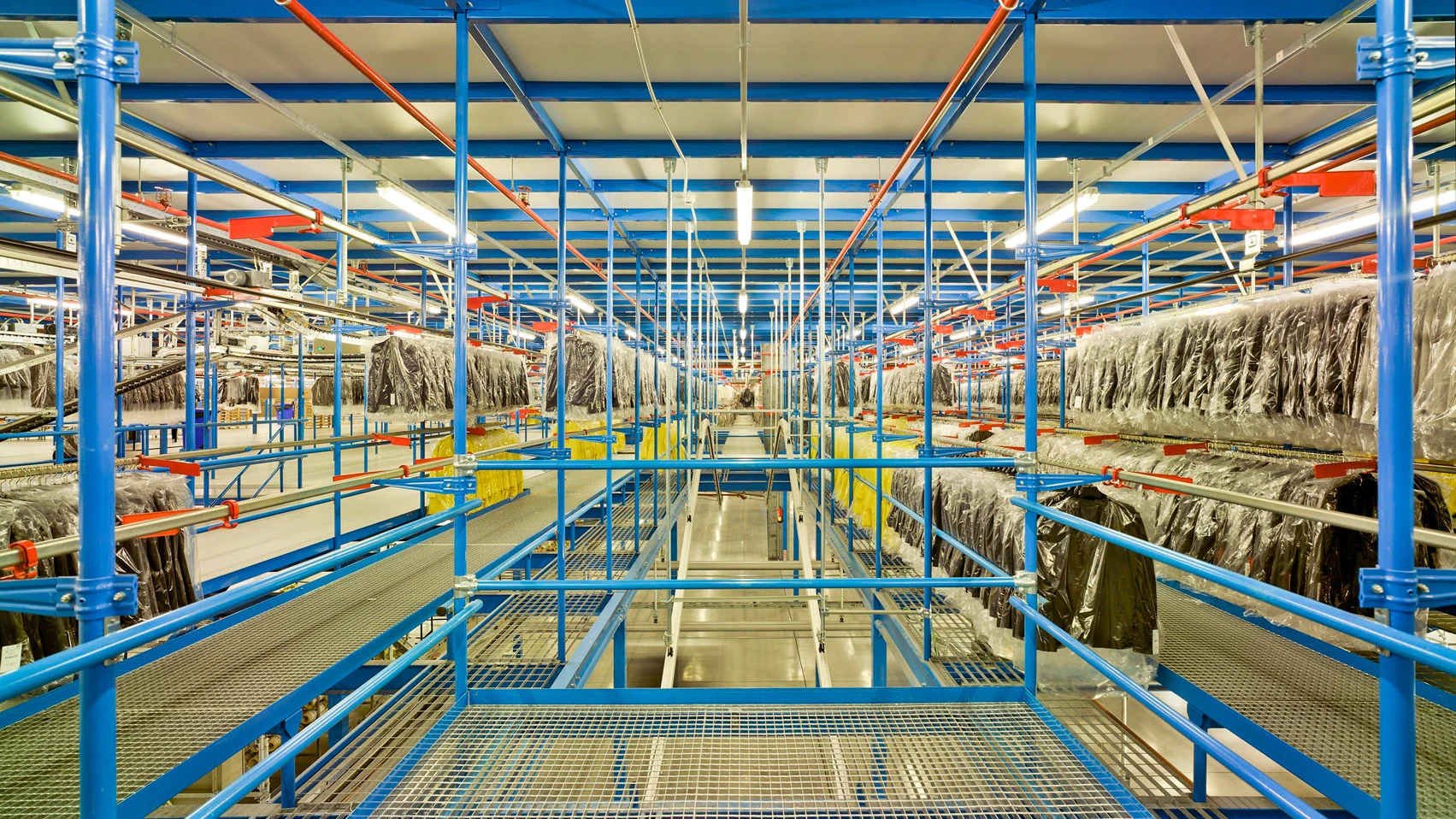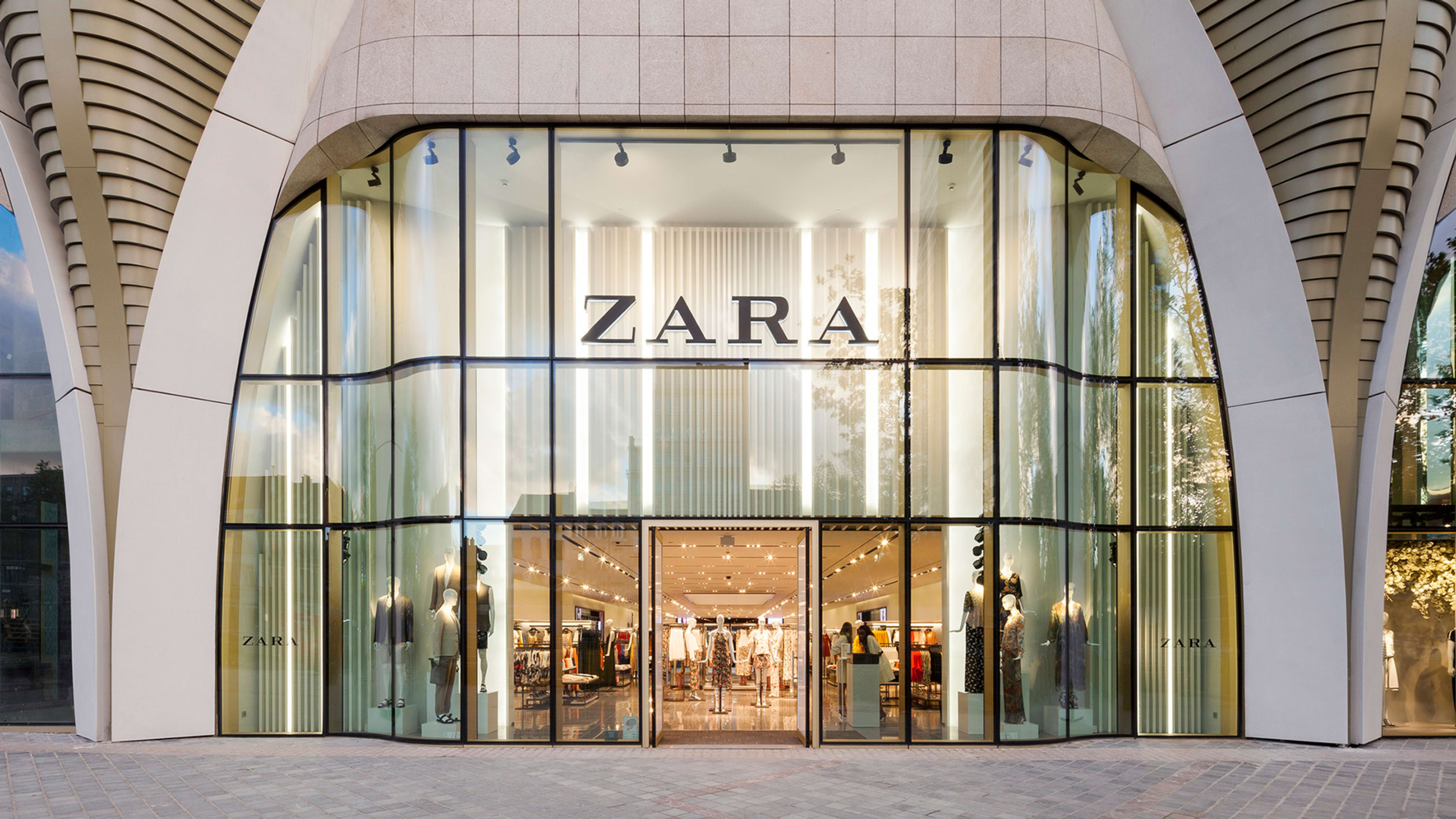Last fall, at New York Fashion Week, tie-dye was absolutely everywhere: Everyone from Prada to Stella McCartney to Proenza Schouler sent models down the catwalk in hippie-inspired gowns and T-shirts. But for those of us who can’t afford to drop $2,000 on embroidered tie-dye gowns, Zara had our back. Just like clockwork, $39.99 sequined tie-dye dresses and $29.99 tie-dye shorts started appearing on the racks of Zara stores this spring.
Zara, a brand that generates $20 billion in annual sales, both pioneered and perfected the art of fast fashion. Zara’s 300 designers churn out 12,000 new designs every year and for the most fashion-forward pieces, it takes as little as six weeks to go from a sketch to a product on a shelf. But as the fashion industry moves toward more eco-friendly practices, it’s worth asking: Can fast fashion ever really be sustainable?

Inditex, Zara’s $29 billion parent company, believes it can. It just announced an ambitious new sustainability plan that would impact all eight of its brands, a group that includes Massimo Dutti and Pull&Bear. This is part of a broader push to make the industry less polluting. Over the last few months, other fashion giants like Nike and Gap Inc. have made similar commitments to using more sustainable materials and cutting down on their carbon footprints.
But here’s the thing: Trendy clothes have a short shelf life. Case in point: Zara’s tie-dye pieces I referenced above are currently 30% to 50% off, in an effort to clear the inventory to make room for the next trend. One reason fashion is such a blight on the planet is that we’re simply consuming too much of it. The apparel industry produces more than 150 billion clothes every year for only 7 billion humans. Over the last 15 years, clothing production has doubled, and yet the average number of times a garment is worn before it is discarded has decreased by 36%. Many clothes are worn just seven to 10 times before they’re thrown out.
So if Zara wants to become more sustainable, it may need to rethink the design of its clothes, not just how they are manufactured.

Ambitious sustainability targets
For Inditex, a key part of the plan is to overhaul the fabrics it uses to create garments. By 2025, the company pledges that all of the cotton, linen, and polyester used across the company will be either organic, sustainable, or recycled. (When I asked for clarification about what “sustainable” means in this context, a spokesperson said that it refers to prioritizing more energy- and water-friendly processes in the growing and manufacturing of these textiles.)
Inditex also pledges to invest in developing new recycling technologies. The company already collaborates with MIT on a $4 million project that researches new ways to recover fibers from old garments using clean energy. Inditex has also begun creating systems to collect old garments to divert them from landfills. In 2016, it began collecting used garments in 1,382 stores across 24 markets, and by 2018, it had already collected 34,158 tons. In 2017, it created a program to pick up used clothes from people’s homes when delivering online orders in Beijing and Shanghai, and within a year it had managed to collect more than 850,000 items of clothing from that effort alone. The idea is that as soon as new recycling technologies emerge, Inditex will be able to quickly funnel old clothes into these machines, recover fibers, and create new garments from them in a circular system.
Besides these material-related plans, Inditex says it is working to cut down on the pollution it creates. It says it will cut out all single-use plastics from all sales by 2023 (which means both plastic bags in stores and the thin plastic bags that are used for online orders). And it plans to shift 80% of its energy to renewable sources across its stores, logistics centers, and offices.

Keeping the fast, losing the fashion
These are all laudable goals, particularly for a company with as much reach and scale as Inditex. The group has 7,490 stores in 96 markets around the world, and it employs 174,000 people from 154 different nationalities. Making each part of the business more sustainable could add up to massive decreases in carbon and plastic pollution.
Yet nowhere in its announcement did Inditex address the sheer volume of clothes it produces, nor its model of selling fashion-forward clothes at a fraction of the price of designer brands. In fact, it is working toward more and more growth. Over the last five years, its sales have grown between 4% and 10% every single year. While that’s good news for shareholders, it’s bad news for the planet. No matter how eco-friendly its supply chain becomes, producing more and more clothes comes at an environmental cost.
When I asked Zara if it was still committed to the fast-fashion business model, a spokesperson said that the company prides itself on its logistical efficiency, but that turning clothes around quickly did not mean compromising on quality or durability. In other words, just because Zara makes clothes fast doesn’t mean that it is encouraging consumers to treat them as disposable. After all, many people have Zara pieces in their closet that they bought years ago.
That’s true, but the fact of the matter is that the entire supply chain is designed to churn out the latest looks, and the nature of fashion is that it quickly becomes obsolete. Take that tie-dye dress, for instance. Inditex has spent decades designing an impressive system that makes quick turnarounds possible. It has a network of factories around the world—some that are owned by Inditex and others that are third parties—that can be deployed at a moment’s notice to produce a new look. For the most trend-driven pieces, designers at its headquarters in Spain can send sketches to a factory a few miles away, so pieces can be turned around within weeks. Meanwhile, more classic, less time-sensitive looks are made further afield.
Thanks to its nimble logistics, customers can go into a Zara in Tokyo and ask whether it has any, say, camo jackets. If the store manager hears a request a number of times, he or she can send a message back to the company’s designers. In a matter of weeks, a new shipment of camo jackets could arrive for the Japanese market, thereby responding to a localized microtrend.
This kind of agility is one of Zara’s, and Inditex’s, biggest strengths. But right now, it is being deployed to create hot new looks that may not be in style in a few weeks or months. This is directly contributing to our overconsumption of clothes. Even if Inditex manages to make most of its clothes out of more sustainable materials, it will not be a truly sustainable brand if consumers buy products because they are in style and expect to discard them within a year. And should Inditex be able to implement recycling technology quickly, it will still require energy and resources to pulp old garments, recover fibers, and turn those fibers into new clothes.
The most eco-friendly approach would be to create durable, classic clothes that the customer would wear for years before recycling. Zara already creates some clothes that fit this description in its Basics line, and it could easily expand this part of the collection. And it could potentially pivot its nimble supply chain to start making products on demand, so that it would never have to mark down or even destroy unsold inventory.
Zara helped start the fast-fashion trend. It also has the power to kill it off and invent an entirely new business model for the fashion industry. I, for one, can’t wait to see what that might be.
Recognize your brand’s excellence by applying to this year’s Brands That Matter Awards before the early-rate deadline, May 3.
